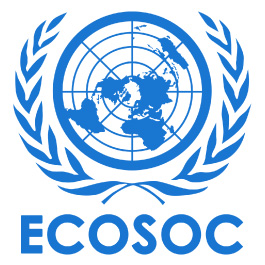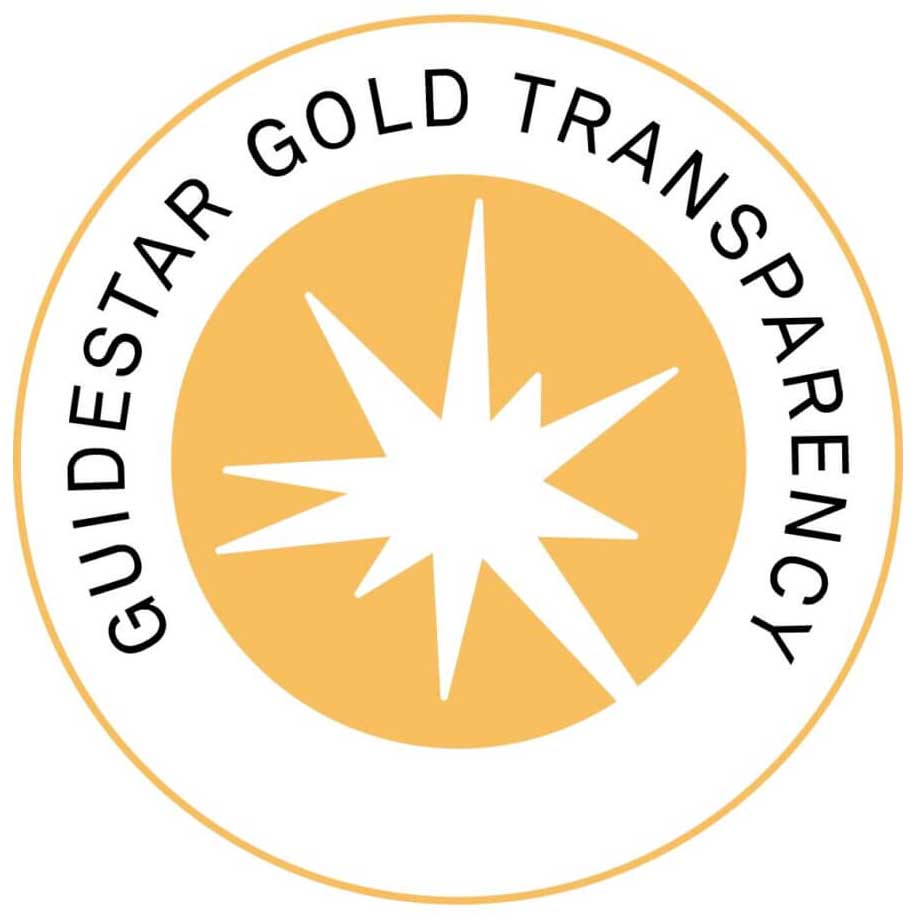Another reminder for our Globe Aware volunteers, as this takes effect this week! Cuba now requires all international travelers to apply for a visa online before boarding their flight.
Cuba’s E-Visa: A Bold and Revolutionary Move to Modernize Immigration Amid Tourism Challenges
June 30, 2025
Travel and Tour World
Cuba, a country with a rich cultural heritage and natural beauty, has announced a significant change to its entry process for international travelers. As the nation faces numerous challenges within its tourism sector, Cuba will introduce an e-Visa system starting July 1, 2025. This new entry protocol, aimed at modernizing the immigration process, will require travelers from nearly every country to apply for an electronic visa before arriving. Here’s everything you need to know about Cuba’s new e-Visa system and how it affects international visitors.
How Cuba’s E-Visa System Works
The Cuban e-Visa is available through the official website evisacuba, where travelers must complete an online application form. The process includes paying a $50 fee, except for Canadian citizens and Cubans holding valid passports, who are exempt from this payment. The e-Visa typically arrives via email within 72 working hours of submitting the application.
With the e-Visa in hand, travelers will also need to complete the D’Viajeros online form, which generates a QR code. This QR code, along with the e-Visa, must be presented at check-in before boarding the flight to Cuba. The e-Visa allows travelers to stay in Cuba for up to 90 days, with the possibility of extending the visa by another 90 days.
This modernized entry system is designed to streamline immigration procedures, making it more efficient for Cuba to manage its borders while improving security.
 Cuba will introduce an e-Visa system starting July 1, 2025
Cuba will introduce an e-Visa system starting July 1, 2025
Special Exemptions for Certain Travelers
Not all travelers will need to pay the $50 fee. Canadian citizens, for example, have already had the fee incorporated into the price of their airline tickets. Cubans holding valid passports are also exempt from this fee. However, for most international visitors, the e-Visa will be required as a part of the new entry process.
The need for an e-Visa is virtually universal among international tourists planning to visit Cuba. It’s important for travelers to be aware of the new regulations and plan accordingly to avoid any issues at the airport.
Cuba’s Strategy to Revitalize the Tourism Sector
The introduction of the e-Visa is part of a broader strategy by Cuba’s Ministry of Tourism to modernize its immigration infrastructure and increase efficiency at the country’s entry points. With tourism numbers fluctuating and economic pressures mounting, the Cuban government aims to make the process of entering the country smoother and more secure.
Despite Cuba’s tourism sector struggling with diminished visitor numbers in recent years, the e-Visa system is a strategic effort to digitize immigration procedures and centralize records. In turn, this move is expected to enhance border security and improve the overall experience for both travelers and immigration officials.
While the new requirements may seem like an additional hurdle for tourists eager to visit Cuba, officials are optimistic that this shift will help build confidence in the nation’s tourism potential in the long run. By aligning itself with global trends in immigration management, Cuba hopes to recover from the challenges faced by its tourism industry while attracting more visitors in the future.
How to Apply for Cuba’s E-Visa
For those planning to visit Cuba after July 1, 2025, it’s important to start the application process early to avoid any last-minute complications. The application is straightforward and must be completed online.
Step-by-Step Process to Obtain an E-Visa
Visit the Official E-Visa Website: Go to the official Cuba e-Visa site (evisacuba) to begin the application process.
Complete the Online Application: Fill out the required details, including personal information, travel details, and the intended dates of stay in Cuba.
Pay the $50 Fee: The fee must be paid using a credit card and is required for most international travelers.
Wait for Approval: Once your application is submitted, the e-Visa will be processed within 72 working hours.
Receive the E-Visa via Email: Once approved, the e-Visa will be sent to your email, which you must print and carry with you when boarding your flight.
Complete the D’Viajeros Form: Complete the D’Viajeros online form to obtain the QR code required for boarding your flight.
Boarding and Entry: Present both the e-Visa and QR code when checking in at the airport and upon arrival in Cuba.
It is highly recommended that travelers apply for their e-Visa well in advance of their departure date to avoid any complications. Ensure that you also have the QR code from the D’Viajeros form to meet all entry requirements.
What You Need to Know About the D’Viajeros Online Form
In addition to the e-Visa, Cuba now requires all international travelers to complete the D’Viajeros form. This digital form serves as a means of enhancing border security while collecting vital information from incoming visitors. Travelers will need to generate a QR code from the form, which must be presented upon boarding the flight and at the point of entry.
While the D’Viajeros form may seem like an additional step, it is designed to help Cuba improve its immigration processes, making it easier for the country to monitor and manage incoming travel.
Impact of the E-Visa on Cuba’s Tourism
Cuba has long been a top destination for travelers seeking beautiful beaches, historic landmarks, and a rich cultural experience. However, the country’s tourism industry has been facing various challenges, including a decline in visitor numbers due to economic factors and geopolitical tensions. The introduction of the e-Visa is an attempt to revitalize Cuba’s tourism sector, making it easier for travelers to access the island.
While the e-Visa is likely to have some short-term challenges, especially with the added step of applying online before travel, officials believe that the long-term benefits will outweigh the drawbacks. With enhanced border security, improved efficiency, and modernized immigration infrastructure, the e-Visa system is seen as a step toward rebuilding Cuba’s tourism sector and regaining international appeal.
Will the E-Visa Impact Cuba’s Popularity as a Tourist Destination?
Despite the e-Visa adding an extra step to the process, Cuba remains an exciting destination for travelers who want to experience the island’s unique culture, cuisine, and natural beauty. However, there is a possibility that the added requirements could deter some potential visitors, especially those who prefer hassle-free travel.
The success of the e-Visa system will depend on how well it integrates into the overall travel experience. If the application process runs smoothly and visitors can easily obtain their e-Visa and complete the D’Viajeros form, Cuba’s tourism industry may see an uptick in visitors who are eager to experience the country’s cultural and scenic offerings.
As Cuba works through its tourism struggles, the e-Visa system represents an opportunity for the country to modernize and adapt to global travel standards, positioning itself for a brighter future in the tourism industry.
Preparing for Travel to Cuba: Key Tips for Tourists
Here are some important travel tips for those planning to visit Cuba after July 1, 2025:
Plan Ahead: Apply for your e-Visa well in advance to avoid any delays or complications.
Ensure Compliance: Both the e-Visa and D’Viajeros QR code are necessary for travel.
Check Visa Exemptions: Canadian citizens and Cubans with valid passports are exempt from paying the $50 fee.
Stay Updated: Keep up with any changes to Cuba’s travel regulations by checking the official e-Visa website regularly.
Travel Documents: Make sure all necessary documents, including your e-Visa and QR code, are easily accessible during travel.
By taking these steps, travelers can ensure a smooth entry into Cuba and enjoy all that this beautiful country has to offer.
Conclusion: A New Era for Cuba’s Tourism Industry
The introduction of the e-Visa system marks a pivotal moment for Cuba’s tourism industry as it adapts to the modern era of travel. While the added requirements may pose some challenges, the goal is clear: to modernize immigration procedures, enhance security, and streamline travel. The future of Cuba’s tourism depends on how well these changes are implemented, but the country’s natural beauty, rich culture, and vibrant heritage will undoubtedly continue to attract travelers from around the world.
For now, the e-Visa is a necessary step toward the recovery and modernization of Cuba’s tourism sector and an essential consideration for those planning a trip to the island.








